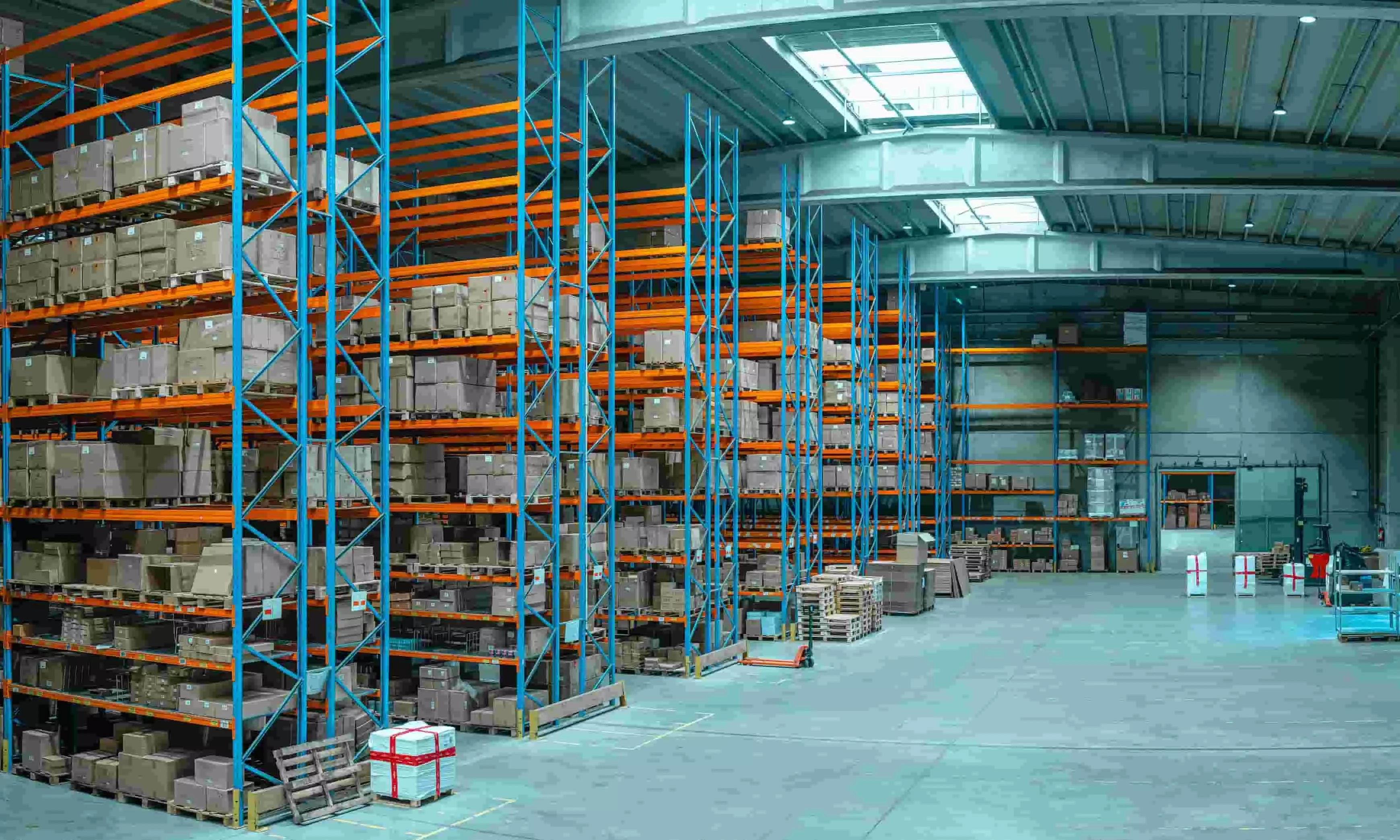Global Investor Appeal: Consolidation in Warehousing for Enhanced Efficiency and Profitability 2023

Global Investor Appeal: Consolidation in Warehousing for Enhanced Efficiency and Profitability 2023
Warehousing plays a pivotal role in the global supply chain ecosystem, serving as a critical link between manufacturers, distributors, and consumers.
In recent years, the warehousing industry has witnessed a significant transformation, marked by technological advancements, changing consumer behaviors, and the need for greater efficiency.

One prominent trend shaping the industry is consolidation. The consolidation of warehousing operations is becoming increasingly attractive to global investors, offering a pathway to increased market share, cost savings, and enhanced operational agility.
Warehousing consolidation refers to the process of merging or acquiring multiple warehouses or distribution centers into a unified and more efficient operation. This strategic move aims to streamline logistics, reduce operational costs, improve service levels, and ultimately enhance profitability. Here, we explore the driving forces behind the growing interest of global investors in warehousing consolidation:
- Economies of Scale: One of the primary motivations for warehousing consolidation is the opportunity to achieve economies of scale. Larger warehouses can store and process more goods, reducing the cost per unit of storage or order fulfillment. This cost efficiency is attractive to global investors looking to maximize their returns.
- Geographic Reach: Warehousing consolidation allows investors to expand their geographic reach. By acquiring or merging with warehouses in different regions or countries, companies can better serve diverse markets, reduce transportation costs, and capitalize on global trade opportunities.
- Advanced Technology Adoption: Modern warehouses are increasingly reliant on technology solutions, such as automation, robotics, and inventory management systems. Consolidation enables investors to pool resources and invest in cutting-edge technology, making their operations more efficient and competitive.
- Demand for Speed and Efficiency: Consumers today expect rapid order fulfillment and convenient delivery options. Consolidated warehouses can leverage their increased resources to meet these demands, providing better service and staying ahead of the competition.
- Risk Mitigation: Warehousing consolidation can help reduce risk. By diversifying warehouse locations and operations, companies can better handle disruptions, such as natural disasters, labor shortages, or supply chain disruptions, which may impact a single facility.

Global investors are increasingly drawn to the warehousing industry due to the numerous advantages that consolidation offers:
- Enhanced Profitability: Consolidated warehousing operations often lead to improved profitability through cost savings and operational efficiencies. These enhanced financials are a significant attraction for investors.
- Portfolio Diversification: Warehousing consolidation allows investors to diversify their portfolios and reduce exposure to risks in other sectors. The stability of the warehousing industry makes it an attractive option for long-term investment.
- Competitive Advantage: Investors who consolidate warehousing operations can gain a competitive edge. Efficient warehouses can offer faster order fulfillment, lower prices, and better service, positioning the company as an industry leader.

- Attractive Returns: Warehousing consolidation projects can generate attractive returns on investment, making them appealing to investors seeking high-yield opportunities.
- Sustainable Growth: Warehousing consolidation aligns with the broader trends of sustainable and environmentally friendly business practices. Investors can position themselves as champions of sustainability by supporting efficient and eco-friendly warehousing operations.
While warehousing consolidation offers numerous benefits, it is not without its challenges. Global investors must carefully consider various factors, including:
- Integration Complexity: Merging or acquiring warehouses requires intricate planning and execution to ensure a smooth transition. Integration challenges can lead to delays and increased costs.
- Market Dynamics: Warehousing markets vary significantly by location, and investors need to thoroughly assess market conditions, including demand, competition, and regulatory factors.
- Technological Investment: While technology can drive efficiency, it also requires significant capital investment. Investors must strike a balance between modernizing operations and managing costs.
- Workforce Transition: Consolidation may lead to workforce changes, including layoffs or retraining. Managing the transition with sensitivity is crucial for maintaining employee morale and productivity.

Warehousing consolidation is emerging as an attractive strategy for global investors seeking to capitalize on the changing dynamics of the logistics industry.
By leveraging economies of scale, expanding their reach, adopting advanced technology, and meeting the demands of a fast-paced market, investors can position themselves for sustainable growth and profitability.
However, they must also navigate integration challenges, market dynamics, technological investments, and workforce transitions carefully.

As the warehousing industry continues to evolve, consolidation is likely to remain a key avenue for investors to gain ground and secure a competitive advantage in the global market.






